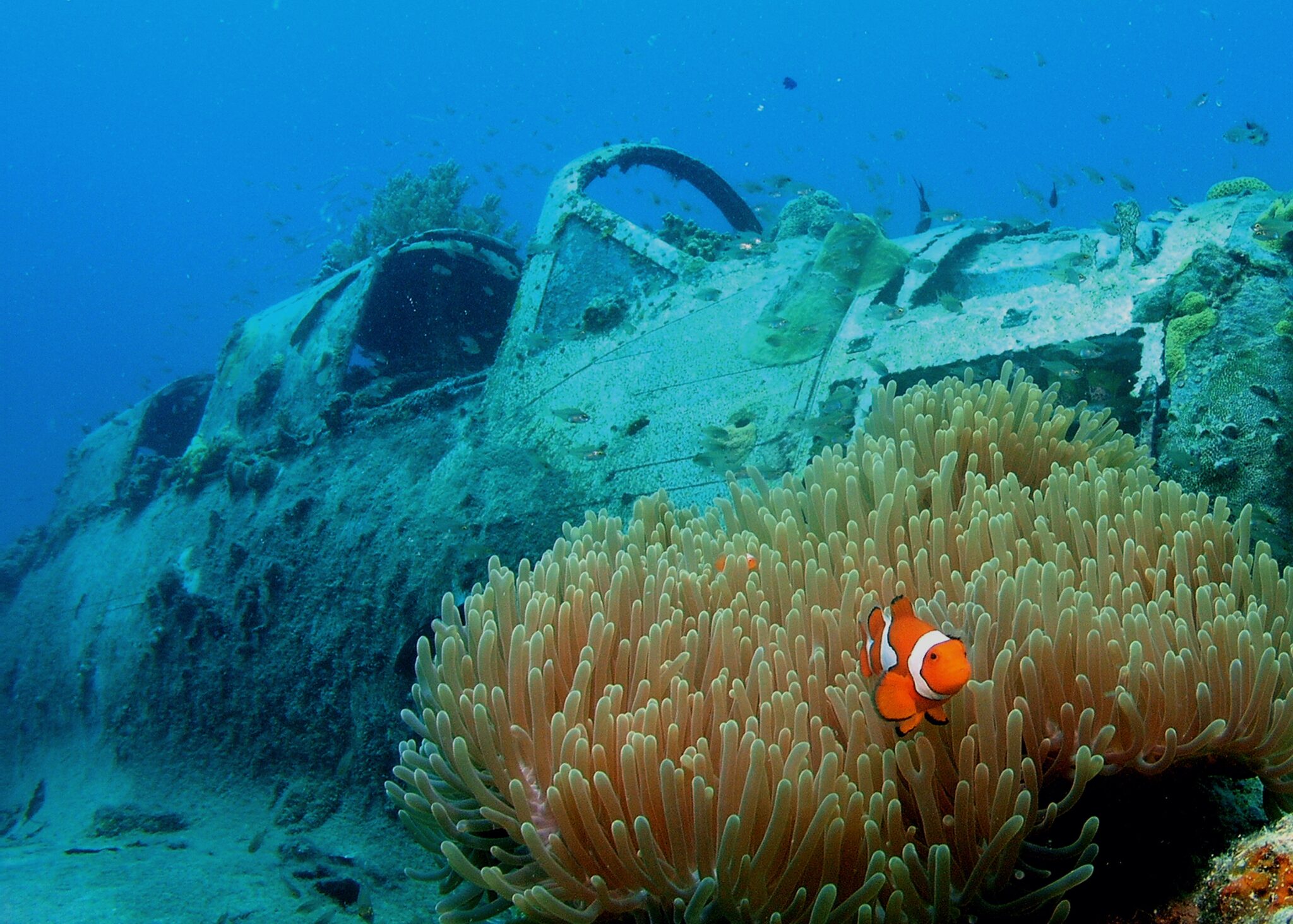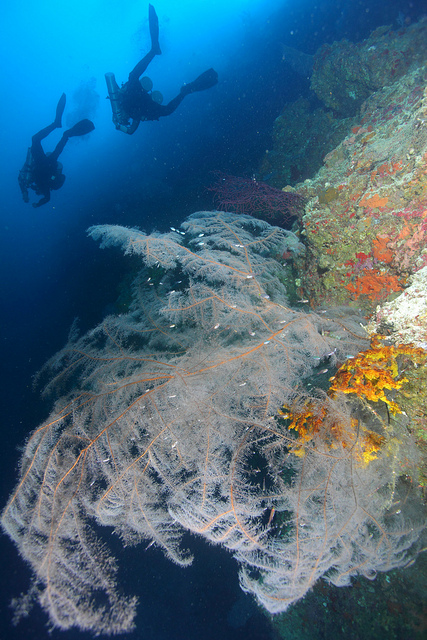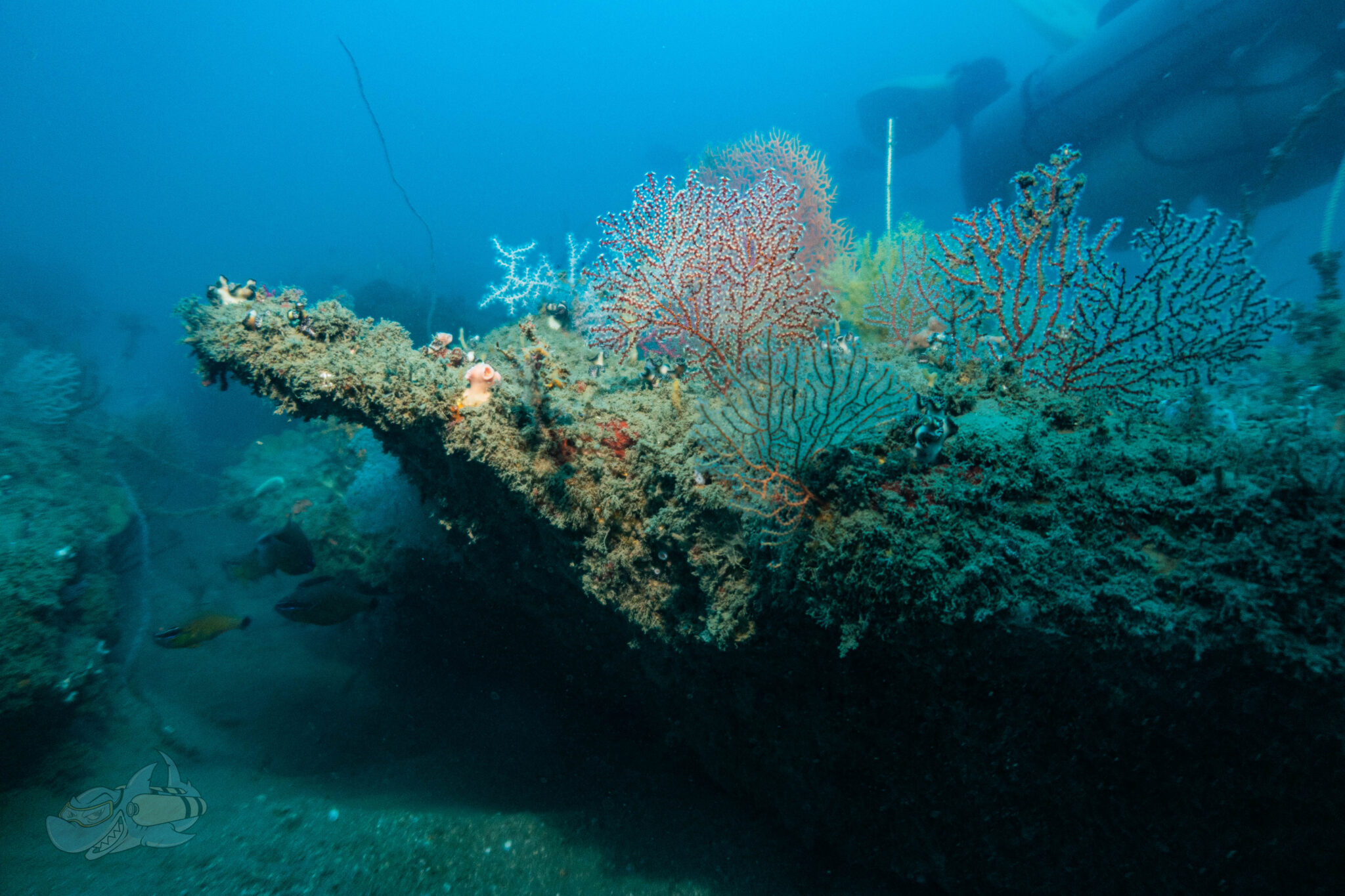With the advent of the first PADI TecRec Distinctive Cave Diver Course, there has never been a better time to start cave diving. It’s also a good time to take a look at the cave environment and why it is so appealing to cave enthusiasts.
When we first learn to dive, we quickly come to recognize that our sport gives us the opportunity to visit sites and places that few others are privileged to see. As technical divers, we have trained to take our abilities and experiences even further. Technical divers are at the forefront of exploring the dive sites and deep ship wrecks of the world. In many cases, we are among the first visitors to discover these locations.
As technical divers, we need to have a deeper understanding of the physiological processes that happen to our bodies when we expose them to increased pressures at advanced depths. The knowledge about issues, such as decompression, oxygen toxicity and inert gas narcosis is not static, but like everything in science is progressing and in flux.
Early one morning in March, three PADI TecRec Divers and Instructors, Jonah Skoles, Donarun Das and Pushpak Kvs, with the help of two PADI TecRec Centers, Eternal Divers and Temple Adventures, set out on a mission to find a new dive site suitable for technical diving.
In this article, we meet tec diver Eveline Verdier-Bollhalder, and learn more about her influence in the technical diving industry. Mesley was interviewed by a member of PADI staff, and this article was originally published on the TecRec blog on February 18, 2013.





